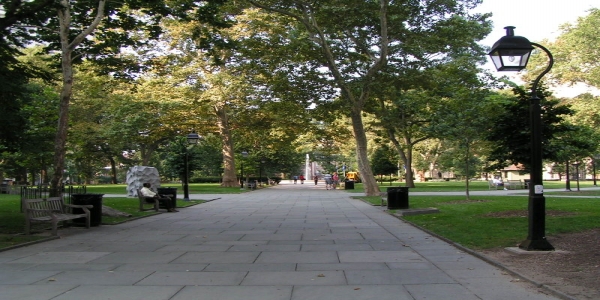
‘Host to the Tomb of the Unknown Revolutionary Soldier’
Washington Square, also known as Washington Square Park, was one of Philadelphia’s five original squares as laid out in 1682 by William Penn’s surveyor. This 6.4-acre Southeast Square is nestled in a great part of the city and is kept very clean, which is now part of Independence National Historical Park.
History of Washington Square
The Square was once used to graze animals and for burials by city’s African American community in the 18th century. It was also used as a potter’s field, which is an American term for a place for the burial of unknown or indigent people. The square was then used as a burial ground for citizens and troops during the Revolutionary War.
After the Revolutionary War, the city had a yellow fever epidemic in 1793, which victims were laid in the square for burial. It wasn’t until 1815 that the city started to make improvements, where a public walk was installed and when the tree-planting program was initiated. It was then renamed Washington Square in 1825 to honor the great general and first President
As the area around the Washington Square grew in popularity, the Square became the site of the country’s oldest publishing house to include The Farm Journal, which is still the largest farm publication in the United States.
The Curtis Center is also here, a beautiful building designed by Edgar Seeler in 1910, which contains an enormous (15 feet high x 49 feet wide) glass-mosaic recreation of Maxfield Parrish’s The Dream Garden. This is where The Saturday Evening Post, Ladies Home Journal, and Jack and Jill originated.
Tomb of the Unknown Solider
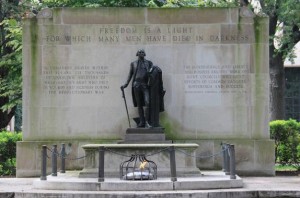 The park shelters the Tomb of the Unknown Soldier, in memory of soldiers who fought in the American Revolution. During a 1952 renovation of the square, it was decided that, instead of the original proposed monument to Washington, a monument to all soldiers and sailors of the Revolutionary War would be built. The monument’s centerpiece is a statue of George Washington, the flags in front of the statue are of the original Colony flags and there is an eternal flame at the base of the monument.
The park shelters the Tomb of the Unknown Soldier, in memory of soldiers who fought in the American Revolution. During a 1952 renovation of the square, it was decided that, instead of the original proposed monument to Washington, a monument to all soldiers and sailors of the Revolutionary War would be built. The monument’s centerpiece is a statue of George Washington, the flags in front of the statue are of the original Colony flags and there is an eternal flame at the base of the monument.
An unknown number of bodies remain buried beneath the square and the surrounding area; some are still occasionally found during construction and maintenance projects.
Washington Square Extras
- A sycamore tree in the square, planted in 1975, was a Moon tree: it was grown from seeds that had been carried to the moon by astronaut Stuart Roosa on the Apollo 14 mission. It died around 2008.
- In 1793, Aeronaut Jean Pierre Blanchard ascended in a hot-air balloon from the Walnut Street Jail. This was the site of the first human flight in the Americas.
- You can take a Cell phone tour of the park: 267-519-4295, then press number 18
Location
6th & Walnut Streets
Philadelphia, PA 19106
Web Site
Articles About Parks in Philadelphia
- Fairmount Park
- Franklin Square
- Independence National Historical Park
- Liberty Lands Park
- Logan Square
- Love Park
- Pennypack Park
- Penn Treaty Park
- Race Street Pier
- Sister Cities Park
- Washington Square Park
View Larger Map

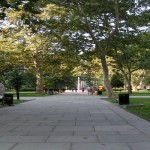
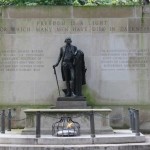
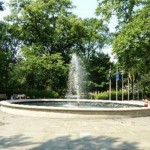
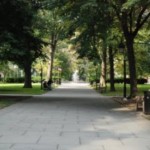
Follow Us!